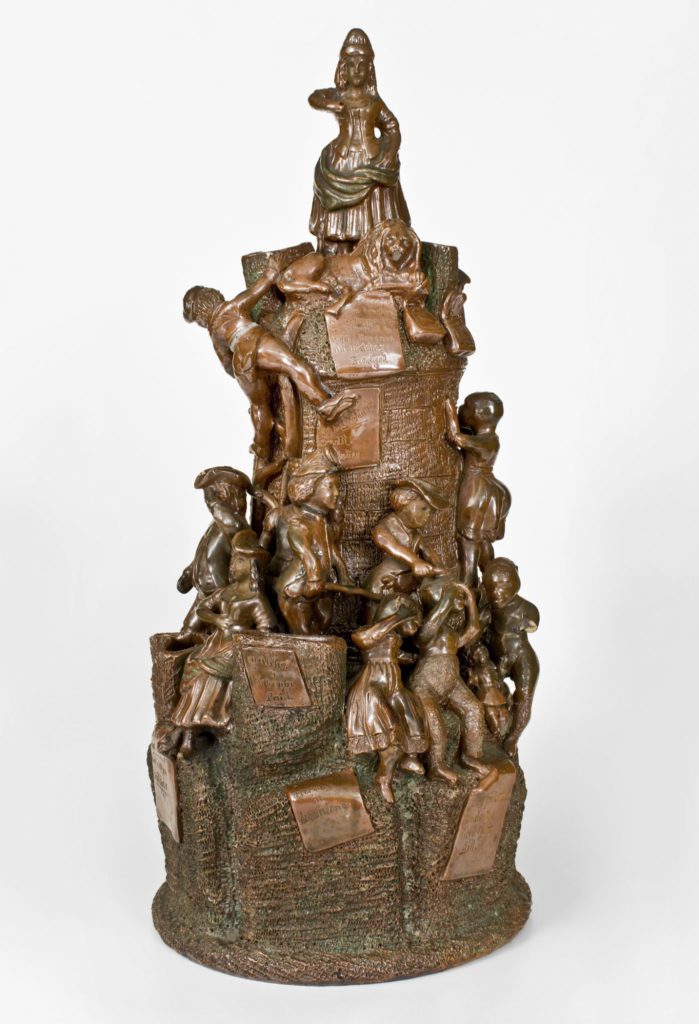An Exhibition That Invites Visitors‘ Voices
By Kim Collison, curator of exhibitions

In museums, we are often asked to think about how art makes us feel. Labels created by staff members help us understand what a work may represent or what may have inspired an artist to create it. But what if that work is a dish, a chair that people used for hundreds of years, the wallpaper that hung in a historic house, or a tool that a craftsman used in his workshop? Whose stories do these objects hold? And who should speak for them?
The decorative arts in Winterthur’s collection range from high-style, intricately made objects that few people would have had the means to own to simple everyday items that anyone could have owned and used. Bearing Witness, an exhibition in the First-Floor Galleries, explores what a selection of objects bore witness to over time. These objects help us ask important questions, such as:
Whose stories do these objects tell?
How do they reveal the lives of people who made and used them but may not be remembered?
What do they teach us about the past?
And what do they teach us about today and our own experiences?
Bearing Witness invites visitors not only to think about these questions but also to share their responses, both in the Galleries and online. Here are a few of the responses that visitors have shared.
When asked what emotions were evoked by objects in Bearing Witness, one visitor responded that they felt “intrigue about the human experience.”

One visitor reacted to spoons made by Hannah Walker and Hannah Robinson. The label describes them as “exceedingly rare.” The visitor commented, “This is, of course, because women were (and still are) discouraged to work in laborious jobs.”
Another visitor shared, “Art can often sensationalize people’s responses to events. Artists can change people’s minds or further support preexisting ideas.”

In response to the “Liberty Monument,” several visitors appreciated that stories like this one about the Colfax Massacre, a rarely taught event in America’s history, are on view.
“It was surprising and gratifying to see this artist’s depiction of a little-known event in American history. It gives historical context to current events. Thank you for displaying it!”
“Many collections and museums have racist histories, so conflicting and controversial figures like this one need to be included.”
“Artifacts such as this provide witness to the truth and at least stimulate inquiry.”
Visit Bearing Witness in the Galleries or online, and join us in the conversation about these objects. What do they mean to you? Why are they meaningful today? How do they affect us and our experiences?